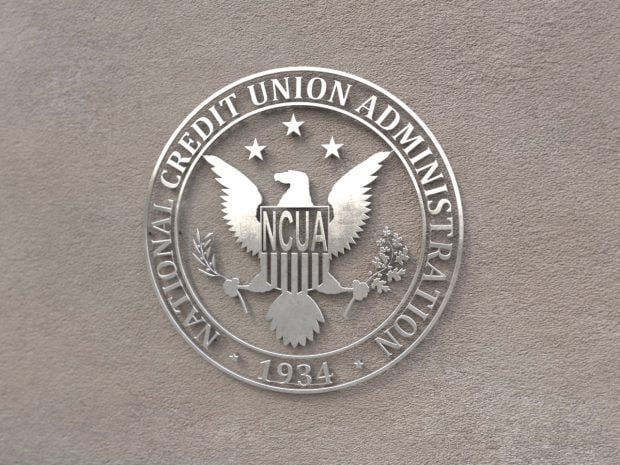PORT NECHES, Texas — It has been three years since Hurricane Rita, considered to be one of the worst storms ever on record, demolished the Gulf Coast.
Neches Federal Credit Union recalled the brutal destruction the hurricane inflicted on parts of Texas, Louisiana and several other states, causing more than 120 deaths and $11 billion in damages with winds reaching more than 100 miles per hour. The financial institution was right in Rita's path, said Jason Duplant, marketing director. Fortunately, there was a disaster recovery plan in place then that helped the credit union fare much better with Hurricane Ike's recent wrath.
“Unfortunately, and fortunately, we've been through a couple of these storms so we have a very tight recovery plan,” Duplant said.
Located on the Gulf Coast in southeast Texas, Port Neches is near Beaumont and Bridge City, the latter is one of several cities toppled by Ike. Even though the town was ordered to evacuate, some chose to stay, Duplant said. The week following the hurricane, electricity was out and downed power lines and debris were scattered across the city. Many lost their homes due to flood and structural damage. For its part, Neches FCU only sustained some minor roof damage.
Prior to Ike's landfall, the $231 million credit union sprang into gear with its disaster preparedness plan. One team was responsible for moving the call center and main operating systems to the $45 million Las Colinas FCU in Irving, roughly five hours away. The two Texas credit unions formed an alliance during Hurricane Rita, Duplant explained.
Another team manned two branches in hard-hit areas as city and state officials urged residents not to come back right away following the storm. Two branches were running on generator power at one point. Employees were soon in place at Neches FCU's five branches, ready to receive members by that Wednesday after Ike hit. Members could only use the drive-thrus.
“Three employees' houses were destroyed to the point that they will have to be gutted and rebuilt,” Duplant said. “There were people that had two to four feet of water in their homes.”
Despite the devastation to their homes, these same staffers were relieved to see each other after the hurricane left and were happy to return to some semblance of normalcy, Duplant said. Members were shocked and thrilled that their credit union was among the first to open. Understandably, Duplant said, “some people's fuses were short” after reality set in on the overwhelming tasks that lie ahead to rebuild homes and lives. He said the credit union did what it could to soothe nerves and extend compassion. All fees were waived through the week of the storm recovery and loans were deferred for one month so that members could focus on the task of rebuilding.
Additionally, a “Hurricane Care Team” blog was created to help victims connect with each other. This was the first time Neches FCU had entered into the blog sphere, but it proved to be a lifeline for many. The new site went up on the Friday after the hurricane and almost immediately, posts appeared. Nearly 600 hits occurred over the course of a week. One touching story involved a family that had lost literally everything in Hurricane Rita three years ago. They would later build a new home only to have it completely wiped out by Ike. A blogger offered clothes to a woman whose children desperately needed clothes.
Members did not let Ike's aftermath stop them from getting back to normal. Duplant said the credit union's Magnolia and Dowlen branches were each averaging about 300 transactions per day. Las Colinas FCU handled more than 500 calls each day. By Sept. 21, Neches FCU had moved its systems back to Port Neches and on Sept. 22, all five branches were open for business.
Duplant said the credit union worked tirelessly to stay in constant communication with local media and members through daily radio broadcasts, press releases, constant Web site updates and newspaper and radio advertisements. The credit union's 106 employees, under the leadership of Jason Landry, president/CEO, helped to carry out the many decisions that had to be made quickly.
“I think the main message is hurricanes are bad experiences, but it's sort of an opportunity for credit unions to separate themselves from just another run-of-the-mill institution,” Duplant. “It was a sobering time for everybody. No matter what the disaster, we made the decision to serve our members and get back on our feet fast. For us, that's the only way to get back to normal, and I know, based on the feedback we've received, our members appreciate us.”
© 2025 ALM Global, LLC, All Rights Reserved. Request academic re-use from www.copyright.com. All other uses, submit a request to [email protected]. For more information visit Asset & Logo Licensing.







